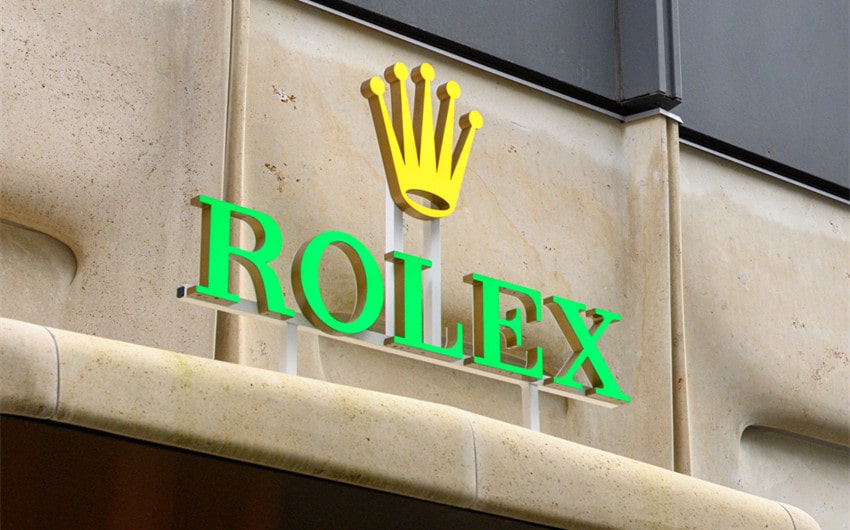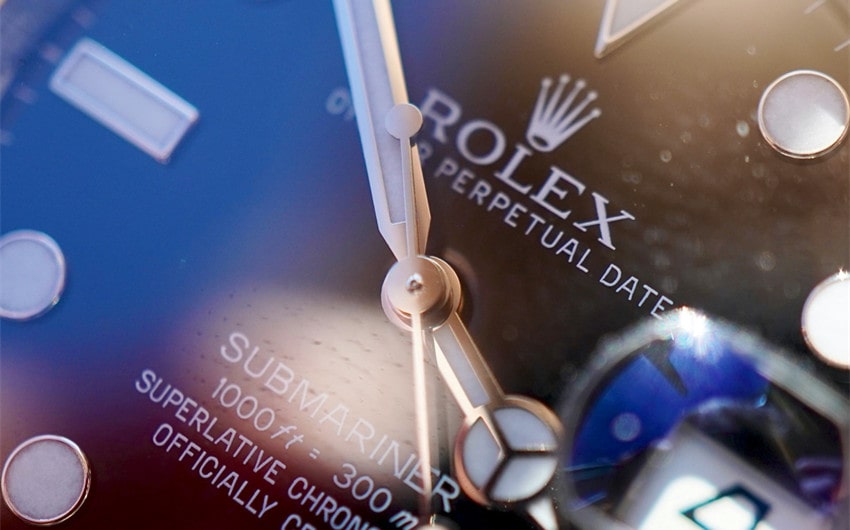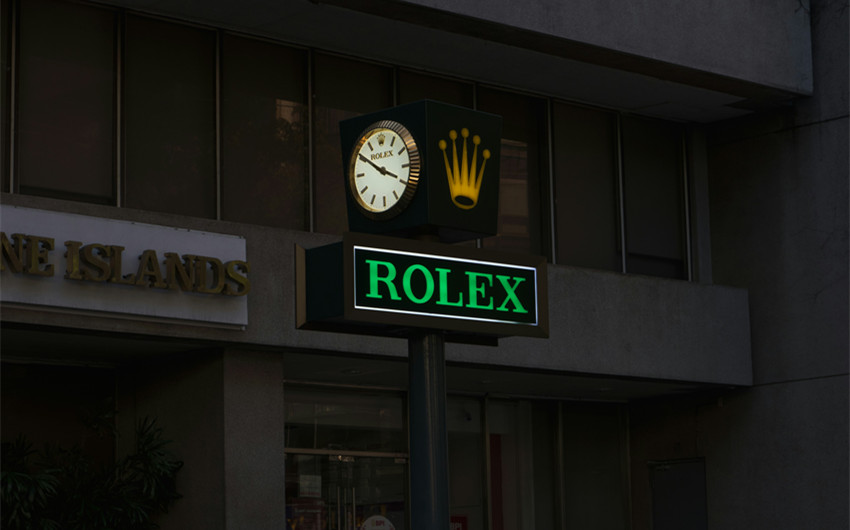Why Are Rolex So Expensive Worldwide: 6 Key Insights
Whether you’re a watch enthusiast or just someone who’s glanced at a Rolex price tag and raised an eyebrow, you’ve probably wondered: why are Rolex so expensive? These timepieces have become more than just watches—they’re status symbols, investment pieces, and marvels of engineering.
But is it all just hype, or is there something truly special behind the hefty price? In this article, we’ll break down the real reasons behind Rolex’s luxury pricing, from the materials and craftsmanship to the branding and demand that keep these watches in a class of their own.
1. Exceptional Craftsmanship and Materials
At the heart of every Rolex lies an unmatched commitment to quality. These watches aren’t mass-produced with off-the-shelf components—they’re meticulously crafted using premium, high-performance materials. For example, Rolex uses 904L stainless steel, a corrosion-resistant alloy that is both more durable and more expensive than the 316L steel used by most competitors. It’s harder to machine but delivers an unmatched shine and strength.
Beyond steel, Rolex develops its own proprietary gold alloys, including Everose gold, which doesn’t fade over time like other rose gold variants. Even their ceramic bezels (called Cerachrom) are fade- and scratch-resistant, built to look pristine for decades.
Each component is hand-assembled, tested under extreme conditions, and often finished by expert watchmakers. The level of precision and attention to detail poured into every model—from polishing to waterproof sealing—adds time and labor, which directly contributes to the overall cost. It’s not just a watch; it’s a miniature work of art built to last for generations.
2. In-House Manufacturing Excellence
Unlike many luxury watchmakers who rely on third-party suppliers for parts, Rolex controls nearly every aspect of its production process. This vertical integration means that cases, dials, movements, and even the specialized lubricants used inside the watches are all made in-house. While this drastically increases production costs, it also ensures a consistent standard of excellence.
Rolex owns and operates several state-of-the-art manufacturing facilities in Switzerland, each dedicated to specific aspects of watchmaking—from research labs to metal foundries to movement assembly. They even operate their own gemology department to ensure the quality of diamonds and other precious stones used in some models.
By doing everything internally, Rolex eliminates reliance on outside vendors, reduces production variability, and keeps innovation tightly controlled. This level of independence and consistency comes at a high cost—but it’s a big reason why Rolex watches are so respected and trusted, and why they command such a premium price.
3. Extensive Research and Innovation
Rolex isn’t just about tradition—it’s also about constant evolution through science and innovation. The brand invests heavily in research and development, operating advanced in-house laboratories where materials, movements, and durability are rigorously tested. From high-tech microscopes to climate chambers and wear simulators, every Rolex component is put through stress tests that go far beyond industry standards.
Many of Rolex’s innovations have set industry benchmarks. For example, the Oyster case, introduced in 1926, was the world’s first waterproof wristwatch case. Then came the Perpetual rotor—a self-winding mechanism that transformed automatic watches. The brand also developed Parachrom hairsprings, which are anti-magnetic and offer greater shock resistance than traditional options.
These innovations aren’t just for show—they contribute to better performance, long-term reliability, and a real sense of mechanical excellence. And, of course, cutting-edge research and proprietary technology come with a price tag that’s reflected in every Rolex watch sold.
4. Strong Brand Heritage and Reputation
Rolex has cultivated a brand legacy that goes beyond luxury—it represents achievement, excellence, and timeless style. Founded in 1905, the brand quickly became associated with world-firsts and record-breaking accomplishments, from deep-sea diving expeditions to Mount Everest climbs. Wearing a Rolex isn’t just about telling time—it’s about wearing a piece of history.
This brand reputation has only grown stronger over the years. Rolex is a name recognized around the world, even by people who aren’t into watches. It’s been seen on the wrists of presidents, athletes, explorers, and Hollywood legends. That kind of cultural presence builds emotional and symbolic value, which is a huge factor in how people perceive its worth.
5. Limited Production and High Demand
Rolex carefully controls its supply, which adds significantly to its mystique and value. While the company doesn’t officially release production numbers, estimates suggest they make around a million watches a year—far less than global demand. By keeping supply below demand, Rolex maintains scarcity, which drives up both retail and resale prices.
This intentional limitation leads to long waitlists for popular models like the Submariner, Daytona, and GMT-Master II. Authorized dealers rarely have inventory just sitting in cases—buyers often need to wait months or even years for the right piece. As a result, many customers turn to the secondary market, where prices often exceed retail, sometimes by thousands of dollars.
This dynamic of restricted availability fuels a kind of exclusivity: owning a Rolex doesn’t just mean you can afford one—it means you had the patience, connections, or luck to actually get one. That sense of rarity adds real (and perceived) value.
6. Strategic Marketing and Sponsorships
Rolex’s brand presence is everywhere—but always in the right places. From tennis courts at Wimbledon to the decks of elite yachting events and the timing booths in Formula 1, Rolex has aligned itself with excellence, elegance, and peak performance. These sponsorships and partnerships aren’t accidental—they’re a key part of why the brand feels so aspirational.
Rather than flooding social media with influencer campaigns, Rolex keeps its marketing high-end and selective. It associates itself with individuals and events that symbolize success, skill, and prestige. The result? A brand image that feels both timeless and elite.
This kind of brand positioning doesn’t come cheap. The investments Rolex makes in marketing and sponsorship are substantial—but they create long-term returns by reinforcing the brand’s status. For buyers, part of what they’re paying for is the image, the lifestyle, and the message that wearing a Rolex sends to the world.







